In the fast-paced and ever-evolving landscape of modern business, effective collaboration is the cornerstone of success. With teams spread across different locations and time zones, having the right tools to facilitate seamless communication, efficient task management, and smooth workflow is essential. Microsoft Teams has undoubtedly been a popular choice, but it’s crucial to explore other alternatives that can cater to diverse team requirements and preferences. In this comprehensive guide, we will delve into the top Microsoft Teams alternatives, each offering unique features to foster collaboration and teamwork.
Microsoft Teams Features: A Closer Look
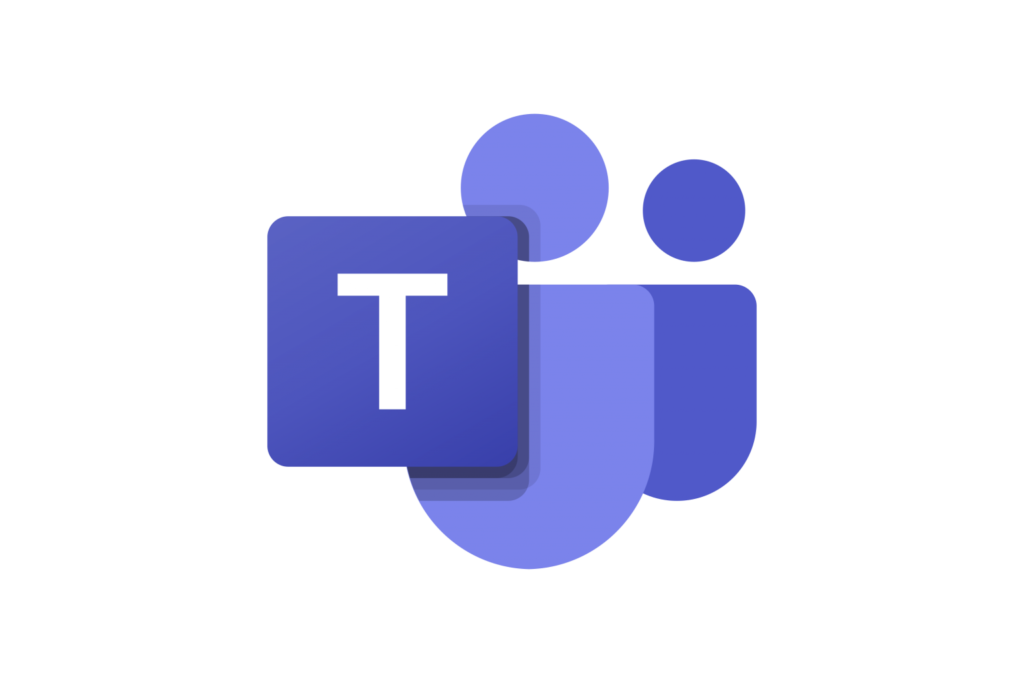
Microsoft Teams is a comprehensive collaboration platform designed to empower teams and organizations with efficient communication, seamless file sharing, and collaborative document editing. Let’s take a closer look at some of the key features that make Microsoft Teams a popular choice for many businesses:
1. Chat and Messaging
Microsoft Teams offers real-time messaging capabilities that allow team members to engage in one-on-one or group chats. Conversations can be organized into channels based on projects, topics, or departments, making it easy to stay focused on relevant discussions. Team members can share text messages, emojis, GIFs, and attachments, fostering a dynamic and engaging communication environment.
2. Video Conferencing and Virtual Meetings
Microsoft Teams provides a powerful video conferencing solution that facilitates virtual face-to-face interactions. With high-definition video and audio capabilities, teams can conduct meetings, brainstorming sessions, and presentations regardless of their physical locations. Teams can also schedule and join meetings directly from their Microsoft Teams calendar, promoting efficient time management.
3. File Sharing and Collaboration
One of the strengths of Microsoft Teams lies in its seamless file-sharing and collaborative document editing features. Team members can upload and share files, documents, and multimedia content within the platform. Moreover, Microsoft Teams integrates with Microsoft 365 tools, such as Word, Excel, and PowerPoint, enabling real-time co-authoring of documents, spreadsheets, and presentations.
4. Channel Organization
Microsoft Teams’ channel organization feature enables teams to create dedicated spaces for specific projects, departments, or initiatives. Each channel can have its own set of members, conversations, and files, ensuring clear and focused communication within distinct areas of work.
5. Integration with Microsoft 365 and Third-Party Apps
As part of the Microsoft 365 suite, Teams seamlessly integrates with other Microsoft applications, fostering a cohesive digital ecosystem. Additionally, Microsoft Teams offers a wide range of integrations with popular third-party apps, allowing teams to streamline their workflows by bringing various tools into a single platform.
6. Customization and Bots
Microsoft Teams allows teams to customize their collaboration experience by adding tabs, connectors, and bots. Tabs can be used to display relevant web pages, reports, or tools directly within Teams, while connectors provide real-time updates from external apps. Bots enhance productivity by automating tasks, providing quick information, and streamlining repetitive processes.
Why Explore Microsoft Teams Alternatives?
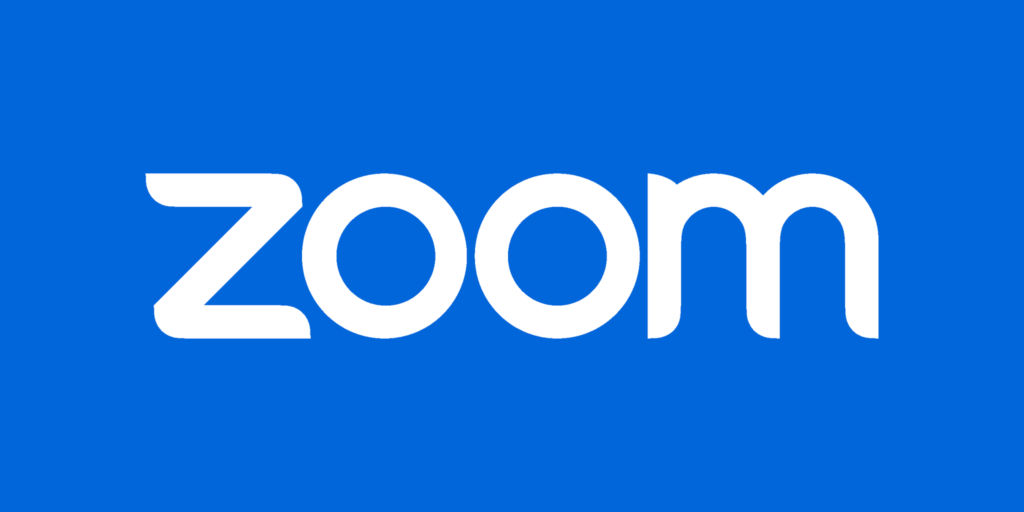
While Microsoft Teams offers a robust suite of collaboration tools, it may not be the perfect fit for every team. Some teams might seek alternative tools due to specific requirements, preferences, or compatibility issues. Exploring these Microsoft Teams alternatives is essential to finding a collaboration platform that aligns with your team’s unique needs and promotes seamless communication and productivity.
Top Microsoft Teams Alternatives
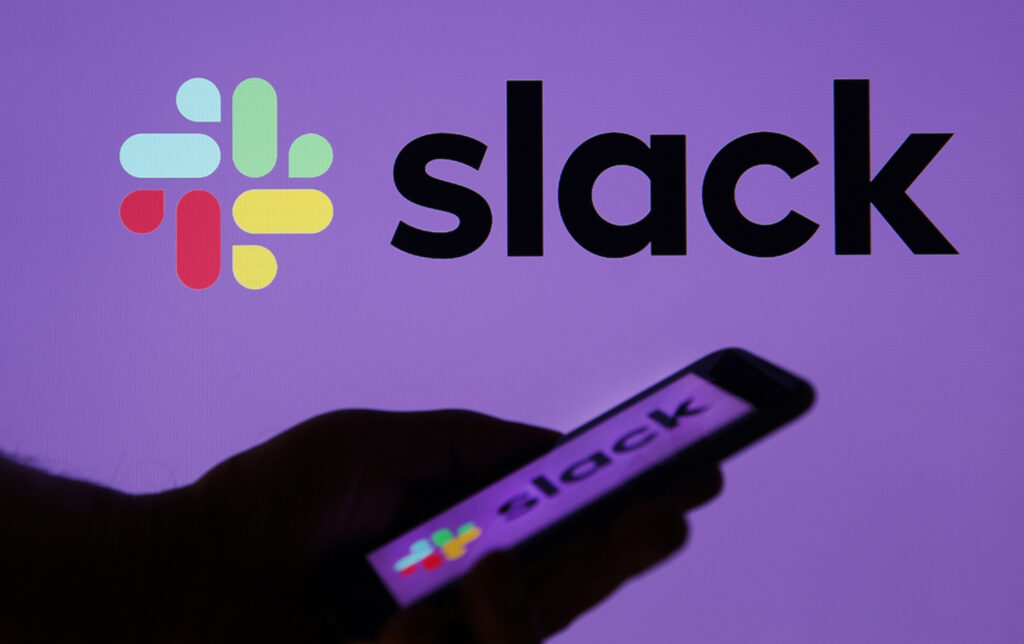
1. Slack: Revolutionizing Team Communication
Slack has made waves in the corporate world, revolutionizing team communication with its intuitive chat-based collaboration platform. From small startups to large enterprises, Slack has become a go-to choice for many teams. Its user-friendly interface, various channels, and seamless integration with third-party apps make it an excellent Microsoft Teams alternative. Slack’s ability to create dedicated channels for different projects or departments fosters focused discussions and organized content sharing. Furthermore, Slack’s vibrant ecosystem of integrations allows teams to streamline their workflows by bringing various tools and services under one roof.
2. Google Workspace (formerly G Suite): Embracing Collaboration and Productivity
Google Workspace, formerly known as G Suite, is a powerhouse when it comes to collaborative tools. It offers a comprehensive suite of applications, including Google Meet for video conferencing, Google Chat for instant messaging, and Google Drive for file sharing. Teams can leverage these tools to enhance productivity and foster efficient teamwork. Real-time collaborative editing of documents with Google Docs, Sheets, and Slides further elevates the collaboration experience. Google Workspace is particularly beneficial for organizations that rely heavily on cloud-based productivity tools and prefer a familiar and user-friendly interface.
3. Zoom: Beyond Video Conferencing
While Zoom initially gained popularity for its exceptional video conferencing capabilities, it has since evolved into a comprehensive collaboration platform. Teams can now utilize Zoom’s instant messaging, file sharing, and project collaboration features to stay connected and productive. Zoom’s user-friendly interface and reliable video conferencing have made it a preferred choice for virtual meetings and remote team interactions. Its breakout rooms feature allows for smaller group discussions during larger meetings, enhancing engagement and collaboration.
4. Cisco Webex Teams: Uniting Collaboration and Communication
Cisco Webex Teams is a robust platform that seamlessly integrates messaging, video conferencing, and file sharing into one cohesive solution. The platform’s whiteboarding and screen-sharing capabilities empower teams to collaborate effectively, regardless of their physical location. Webex Teams also boasts end-to-end encryption for enhanced security, making it an excellent choice for businesses that prioritize data privacy and protection. The platform’s ability to host virtual meetings with large attendee capacities makes it a compelling Microsoft Teams alternative for companies of all sizes.
5. Mattermost and Rocket.Chat: Open-Source Slack Alternatives
For organizations seeking complete control over their communication platforms, Mattermost and Rocket.Chat are ideal open-source alternatives to Slack. These platforms offer similar chat-based collaboration with the added benefit of self-hosting. Teams can deploy Mattermost or Rocket.Chat on their own servers, ensuring complete data ownership and control. This level of customization is particularly attractive to businesses with strict data security policies or unique infrastructure requirements.
6. Discord: A Versatile Collaboration Tool for Teams
Originally designed for gamers, Discord has transcended its gaming roots and found a home in various professional environments. With its voice, video, and text communication channels, Discord fosters real-time collaboration and knowledge sharing among team members. Discord’s servers and channels can be customized to suit different project needs, enabling teams to create separate spaces for various discussions and tasks. Additionally, Discord’s integration with bots and third-party apps enhances functionality, making it an appealing Microsoft Teams alternative for teams that seek a blend of business and leisure communication features.
7. Asana: Empowering Project Management and Collaboration
Asana is a robust project management tool that empowers teams to organize tasks, set priorities, and track progress efficiently. Its user-friendly interface and intuitive task management features make it an excellent Microsoft Teams alternative for organizations looking to streamline project workflows. Teams can create tasks, assign responsibilities, set deadlines, and attach files, all within a single platform. Asana also offers seamless integration with popular productivity tools, simplifying collaboration and enhancing productivity across the organization.
8. Trello: Visualizing Collaboration and Workflow
Trello’s visual board with cards simplifies task management and encourages teams to collaborate effectively. The platform’s simplicity and flexibility make it suitable for various project management styles, such as Agile or Kanban. Teams can create boards for different projects and customize columns to match their workflows. The drag-and-drop functionality allows for easy task assignment and progress tracking. Additionally, Trello’s integration with various third-party apps makes it a versatile choice for teams that need to connect with their favorite tools.
9. Basecamp: Streamlining Communication and Project Coordination
Basecamp focuses on streamlining communication and project coordination, making it an excellent choice for remote teams. The platform’s message boards, to-do lists, and file-sharing capabilities promote transparent and efficient collaboration. Teams can create separate threads for different discussions, ensuring that conversations remain organized and accessible. Basecamp’s straightforward interface and straightforward setup contribute to quick adoption and increased team productivity.
10. Jira: Tailored for Agile Development Teams
Jira is a powerful tool specifically designed for agile software development teams. It offers advanced issue tracking, project management, and workflow management features that cater to the unique needs of software development projects. Teams can create tasks, bugs, or stories and track them through various stages of development. Jira’s integration with other development tools, such as Git and Bitbucket, further enhances its utility for tech-focused teams.
11. Workplace by Facebook: Enhancing Internal Communication
Workplace by Facebook enables seamless internal communication, knowledge sharing, and collaboration among employees. With familiar Facebook features and tools tailored for professional settings, it has gained popularity across various industries. Workplace offers an array of communication features, such as group chats, video calls, and live streams, to promote real-time interaction. Additionally, the platform’s integration with popular business tools allows teams to consolidate their workflows and communication within a single platform.
Choosing the Right Alternative for Your Team
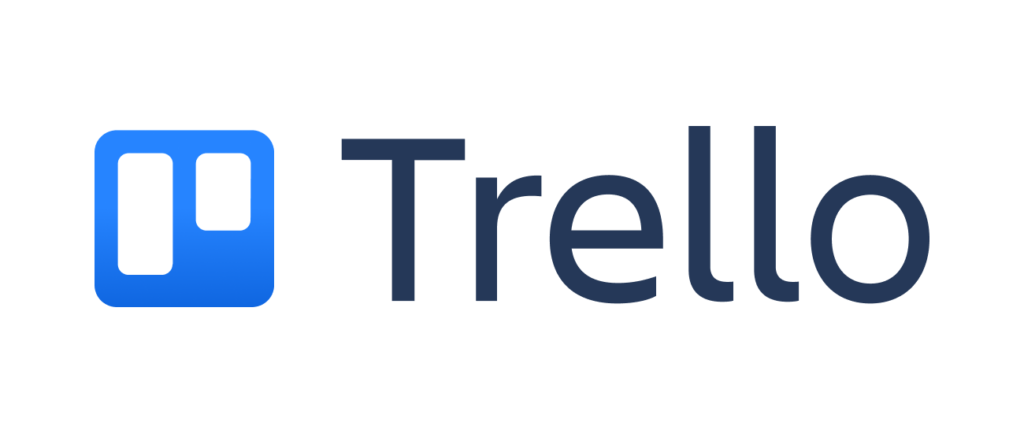
Selecting the ideal Microsoft Teams alternative requires a thorough understanding of your team’s needs, workflows, and collaboration preferences. Consider the following factors to make an informed decision:
- Team Size and Structure: Assess the number of team members and how they collaborate. A tool that accommodates your team’s size and communication dynamics is crucial for smooth collaboration.
- Required Features: Identify the specific features your team needs to enhance collaboration and productivity. Whether it’s video conferencing, task management, or document sharing, focus on tools that cater to your team’s unique requirements.
- Integration Capabilities: Evaluate how well the alternative integrates with your existing tools and workflows. Seamless integration ensures a streamlined and efficient collaboration experience.
- User Experience and Ease of Adoption: Prioritize user-friendly platforms that are easy to adopt and navigate. A tool that resonates with your team members will lead to quicker onboarding and increased productivity.
- Security and Privacy: Data security is paramount in any collaboration platform. Ensure that the alternative you choose adheres to stringent security standards to safeguard sensitive information.
- Scalability and Cost: Consider the scalability of the alternative, especially if your team is expected to grow in the future. Additionally, weigh the cost of the tool against its features and benefits to determine its overall value.
- Trial and Testing: Many collaboration platforms offer free trials or limited versions. Take advantage of these opportunities to test the alternatives with your team and assess their suitability.
In Conclusion
In conclusion, the realm of team collaboration offers a vast array of tools and platforms to cater to every team’s unique needs. While Microsoft Teams serves as a robust choice, the top alternatives mentioned above provide specialized features and functionalities that might better align with your team’s workflows and preferences. Take the time to explore these alternatives, and you’re sure to unlock the full potential of collaboration, communication, and productivity within your team.




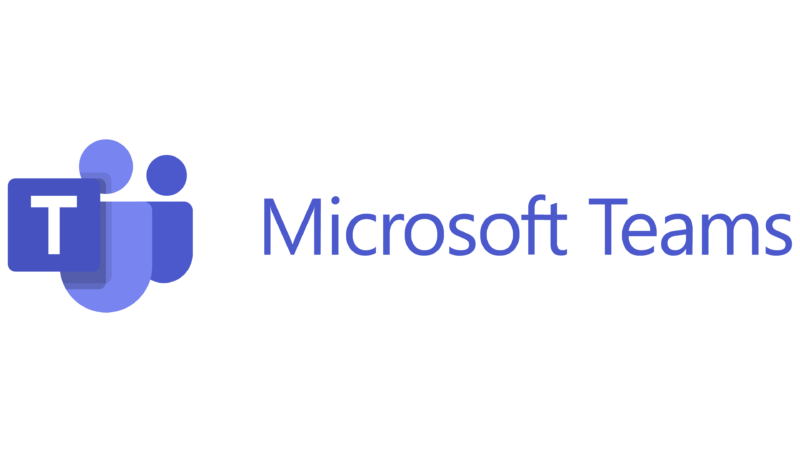



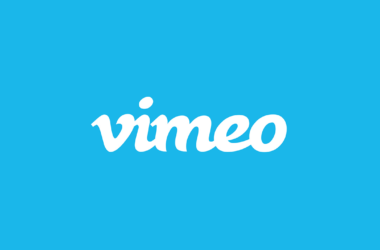
![[pii_email_e208ed16584aa0e92958] Error](https://rocketfiles.com/wp-content/uploads/2023/03/How-To-Fix-Pii_Email_C6ea9664c195cb3aae74-Error-Code_-1-380x250.jpg)